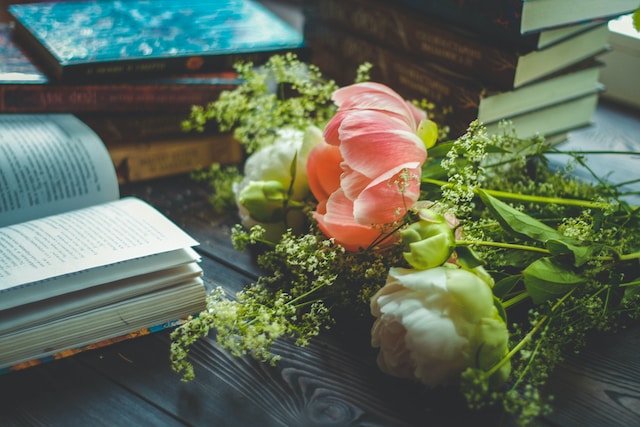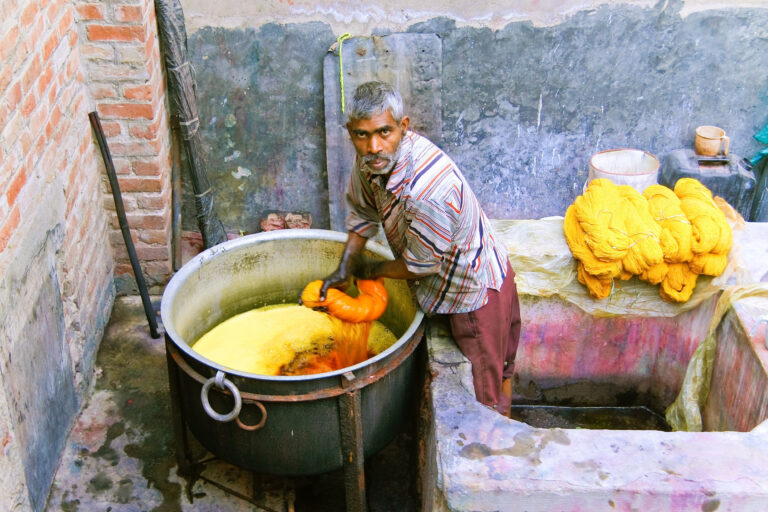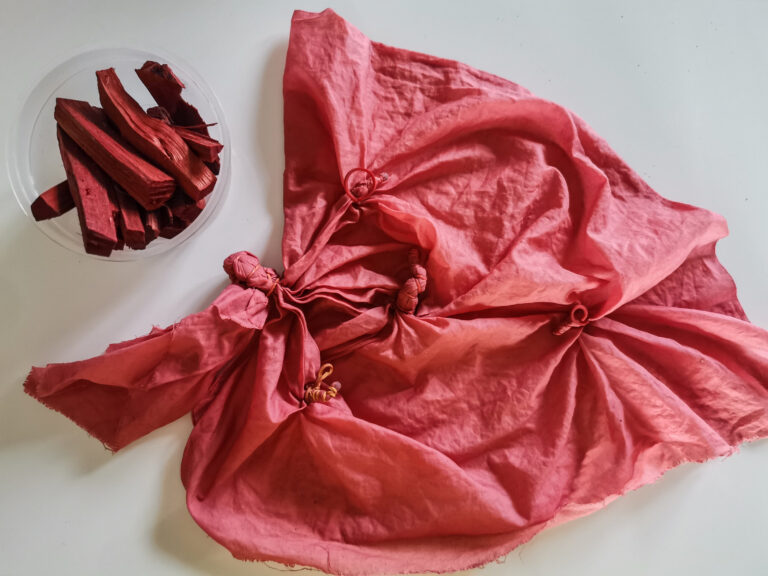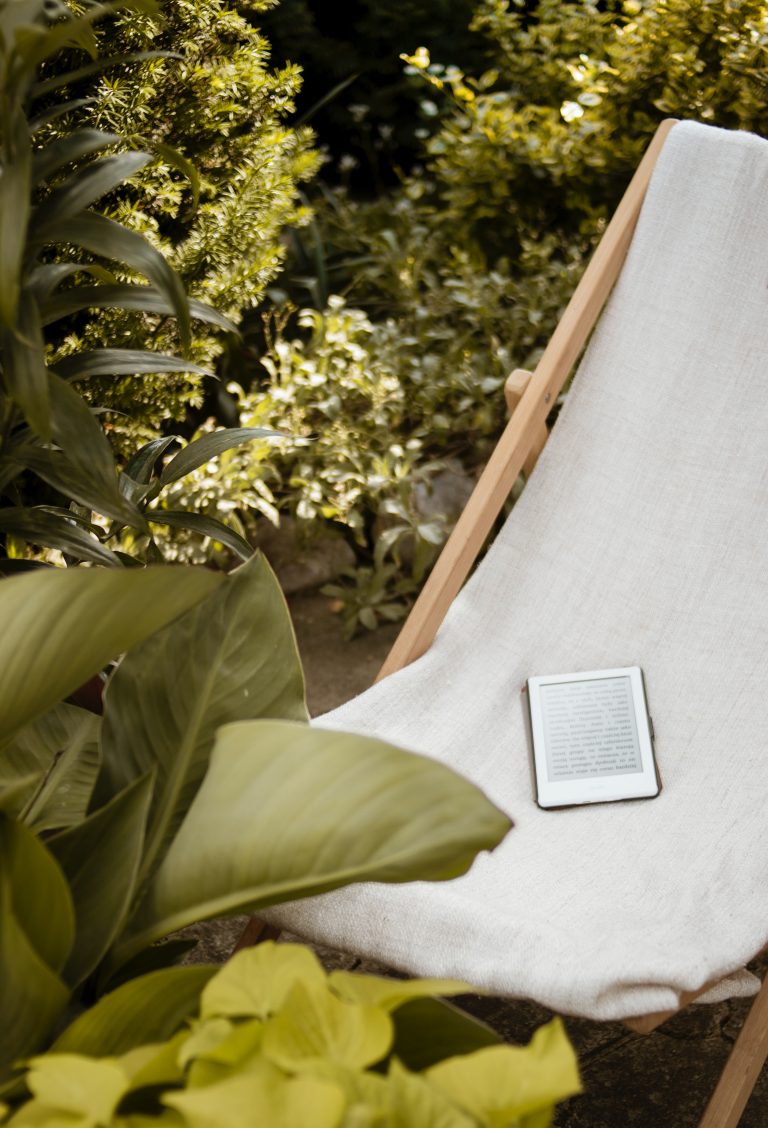I love my local library. In fact, I get pleasure not just from going to the library and reading the books I get there but also from the process of looking through their catalog regularly and adding books to my “for later shelf.” There’s something satisfying about even just learning about which books are out…
gardening books
Gardening Books On My Library Want Shelf
I have a confession. One of my favorite weird pastimes is going through all of the new books available at the library and placing any that I might read on my “For Later” shelf. I do this weekly. And I admit that there are more books on the shelves than I could ever actually read….
Natural Fabric Dyeing: Colorfast vs. Fugitive Dyes From Plants
Last month I mentioned that I’m working with the book A Garden to Dye For to learn more about growing plants that you can use to natural dye fabrics. One of the first important concepts is learning about how well or how long a plant’s color is likely to adhere to the fabric that you’re…
A Garden to Dye For
Several years ago my sister sent me a wonderful gift. She’s one of those people who is so great at picking out the perfect gifts for people. The gift was a book called “A Garden to Dye For.” She also sent me a set of Japanese Indigo seeds grown locally to her area. Somehow, all…
7 Free Gardening Ebooks You Can Download Right Now
I’m a huge fan of ebooks. I’m so into them that I actually have TWO e-readers! One for my library books and another for advanced reader copies (ARCs). Many people out there are willing to share their gardening knowledge. These free gardening ebooks are an excellent choice for frugal gardeners, people new to gardening,…




